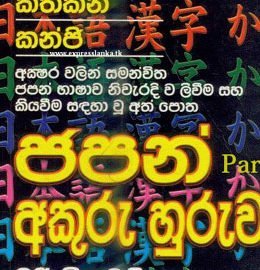
On the occasion of the founding meeting of the German-Indian Society on 11 September 1942 in the Hotel Atlantic in Hamburg, Jana Gana Mana was played for the first time by the Hamburg Radio Symphony Orchestra as the national anthem of an independent India. The song was selected as national anthem by Subhas Chandra Bose while he was in Germany. Jana Gana Mana played as national anthem on 11 September 1942 in Hamburg The college adopted Tagore's translation of the song as their prayer song which is sung till today. Tagore translated the work into English while at the college on 28 February 1919, titled The Morning Song of India – via Wikisource. The song enthralled the college students while Margaret Cousins, then vice-principal of the college (also an expert in European music and wife of Irish poet James Cousins), both requested Tagore to create an English translation of the song and set down the musical notation to the national anthem, which is followed only when the song is sung in the original slow rendition style.

Outside of Calcutta, the song was first sung by the bard himself at a session in Besant Theosophical College in Madanapalle, Andhra Pradesh on 28 February 1919 when Tagore visited the college and sung the song. In 1912, the song was performed by Sarala Devi Chaudhurani, Tagore's niece, along with the group of school students, in front of prominent Congress members like Bishan Narayan Dhar, Indian National Congress President, and Ambika Charan Majumdar. The poem was published in January 1912, under the title Bharat Bhagya Bidhata in the Tatwabodhini Patrika, which was the official publication of the Brahmo Samaj with Tagore then the Editor.

Then, it was followed in January 1912 at the annual event of the Adi Brahmo Samaj, however, it was largely unknown except to the readers of the Adi Brahmo Samaj journal, Tattwabodhini Patrika. The poem was first publicly recited on the second day of the annual session of the Indian National Congress in Calcutta (now Kolkata) on 27 December 1911. If put forwards succinctly, the National Anthem conveys the spirit of pluralism or in more popular term the concept of ‘Unity in Diversity’, which lies at the core of India’s cultural heritage. The parent song, ‘Bharoto Bhagyo Bidhata’ is a Brahmo hymn which has five verses and only the first verse has been adopted as National Anthem. The song was originally composed in Bengali by India’s first Nobel laureate Rabindranath Tagore on December 11, 1911.

The National Anthem of India is entitled ‘Jana Gana Mana’.


 0 kommentar(er)
0 kommentar(er)
